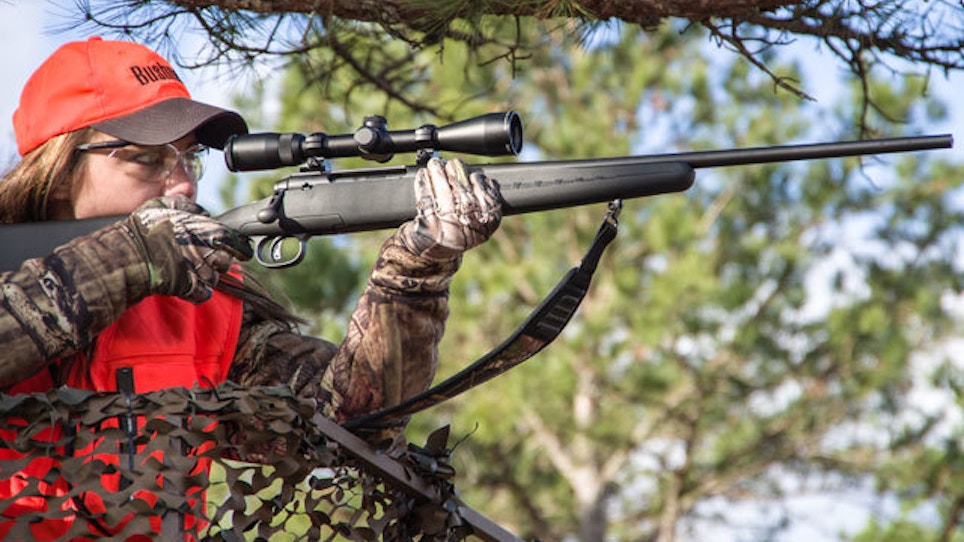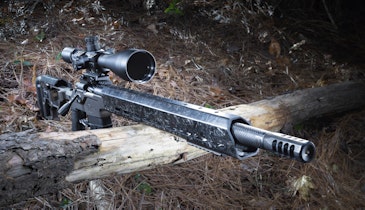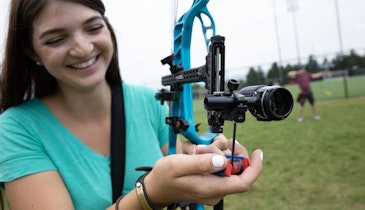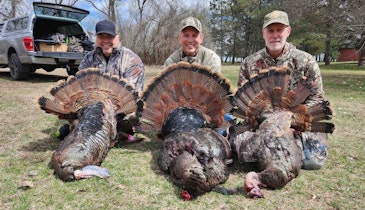By KEITH GUSHARD | The Meadville Tribune
MEADVILLE, Pa. (AP) — The deer harvested now by some local hunters actually can help return injured birds of prey and other animals into the wild.
Tamarack Wildlife Rehabilitation Center and Ridge Road Taxidermy of Meadville have had beneficial partnership for more than two decades.
Since the early 1990s, deer hides collected by Ridge Road Taxidermy during Pennsylvania's deer hunting season annually are sold to a buyer with all proceeds donated to the local nonprofit wildlife rehab center.
Around $500 a year is raised from the sale of the hides. That may not seem like a large amount to some, but Sarah Sargent, president of the board of directors of Tamarack Wildlife Rehabilitation Center, estimates more than $10,000 has been raised for the center since the effort began.
“They are so reliable and very good to us,” she said of the efforts by Ridge Road Taxidermy. “We count on them as part of our fundraising efforts.”
The donation also means Tamarack doesn't have to devote volunteers' time to do fundraising to earn the same amount of money, Sargent said.
Since Tamarack Wildlife Rehabilitation Center is a nonprofit agency registered with the Internal Revenue Service, it must rely on its memberships, donations and the occasional grant for funding its annual budget of about $45,000 a year, according to Carol Holmgren, the center's executive director.
“We try to make our money go a long way,” she said. “The $500 or so we get every year _ it makes a difference for us in helping the wildlife in our area.”
Collecting the deer hides and then donating all the proceeds from their sale is a way of giving back to the wildlife community, according to Mark Hockenberry, a second-generation taxidermist who owns Ridge Road Taxidermy. The business was started by his father, Herb, in the 1980s. The hide collection program began in the early 1990s.
“We have a good group of guys who bring them to us year after year,” Hockenberry said. “We collect 75 to 80 hides a year and sell them to a buyer.”
Those hides go to a tannery in Michigan where they are processed to become things like gloves, shoes and wallets, he said.
Herb Hockenberry said got the idea to collect the hides as a fundraiser after reading about how Harriet Wilson and her husband, Don, had started Tamarack Wildlife Rehabilitation Center and seeing a TV news report about an Erie County volunteer fire department collecting deer hides as a fundraiser.
“I was looking for a way to give back to Pennsylvania's wildlife when had enabled me to operate a taxidermy business at that time for several years,” the elder Hockenberry said. “I visited Harriet and asked her what she would think about a hunter-donated deer hide fund raiser to benefit the center.
“She said the goal of the center was to rehabilitate injured animals and release them back into the wild, but she also understood the necessity of hunting as a means to control animal populations and agreed to this type of fund raiser,” he said
The hides that are collected throughout deer season are salted down at the shop by the Hockenberrys to prevent spoilage before being sold to a buyer, usually in late December. The shop saves salt used in its taxidermy work at the shop and recycles it for use on the deer hides.
___
Information from: The Meadville Tribune, http://www.meadvilletribune.com






